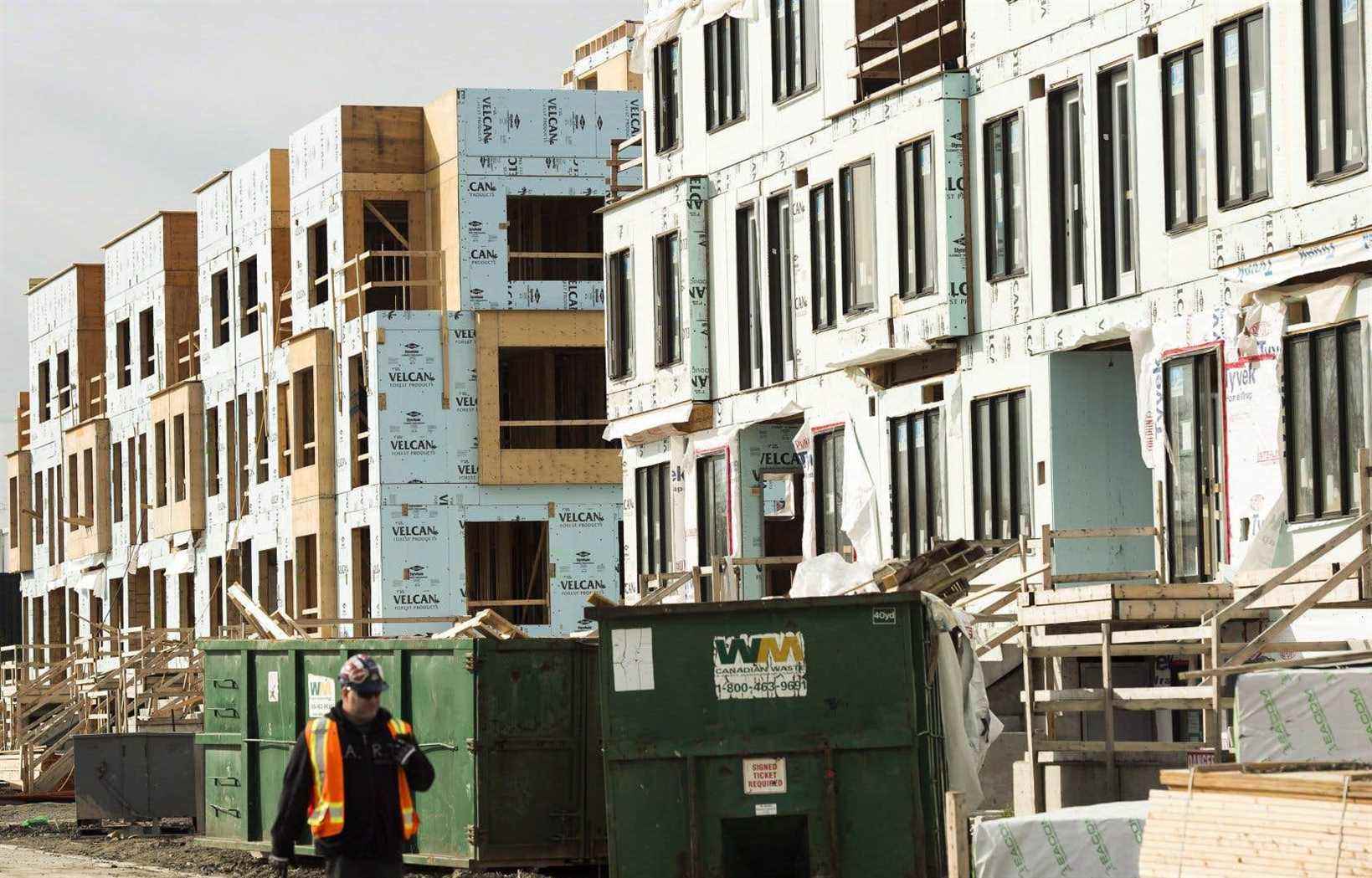An Ontario task force recently formed to tackle the problem of affordability in the province may have found solutions that appeal to both the Progressive Conservative base and urban planners seeking new forms of housing , according to some experts. The marriage of interests is unique, but the recommendations are just the start, they say.
The group, made up of members from academia, the community and the real estate industry, proposes several measures that reduce the administrative burden during the process of multi-unit construction in large cities. This process has long been inconvenient, according to several Toronto architects and planners. According to Ontario media who obtained a preliminary version of the report, the group recommends, among other things, the elimination of exclusionary zoning and the increase in costs to challenge a project.
In this sense, the task force, four months before the provincial elections, could have found common ground with certain members of the urban planning community who wish to densify cities and limit urban sprawl, which the government is accused to encourage with his project for a new motorway. “The group offered a solution to the housing crisis without increasing state intervention. It’s politically interesting,” observes political scientist Alison Smith, who researches housing affordability at the University of Toronto. “Almost everyone agrees the system is broken,” says Craig Ruttan, Director of Housing Policy at the Toronto Region Board of Trade.
“Radical” proposals
The task force’s proposals are “radical,” says Professor Alison Smith. The task force recommends eliminating exclusionary zoning in cities with populations over 100,000. All residential land should now allow the construction of buildings of no more than four floors or four units, the committee judges. In Toronto, almost a third of the city’s area currently has such zoning, which prevents multi-unit construction. Thus, 24% of Toronto’s housing stock is made up of single-family homes (costing an average of $1.3 million) compared to 7% in Montreal.
“How can you have expensive homes near public transit infrastructure? wonders Toronto architect Naama Blonder of Smart Density. Work had already been initiated at the municipal level to facilitate multi-unit construction, but efforts are still at the consultative stage. “My hope is that the task force’s recommendations to the province will help us in our efforts to eliminate exclusionary zoning,” said City Councilor Brad Bradford.
According to information reported by public broadcaster TVO, the study group recommends, among other things, the elimination of the site plan approval process for projects of less than ten units if they comply with zoning. . Under the Planning Act, certain areas of Toronto are subject to review by municipal planners for buildings over four stories or four units.
Real estate developers are constantly trying to avoid the process, reveals Naama Blonder. “Every week, I have a developer call me and ask me what the maximum allowed is to avoid a site plan approval. We are losing housing, because adding a year to the process has a significant impact,” says the architect. The World Bank ranks Canada, represented by Toronto, 64and in the world in a ranking on the ease of obtaining a building permit.
The nine-member committee recommends increasing the cost of third-party appeals to the Ontario Planning Tribunal from $400 to $10,000 to reduce the number of neighborhood association appeals. The court will have to find a balance, thinks Craig Ruttan. “Right now, only one angry person who is not even a neighbor can appeal, which will delay a real estate project,” he says.
Enough to fix the problem?
Professor Alison Smith welcomes the report’s recommendations, but is concerned that there are few recommendations specifically for government. “It’s not just the private sector that’s going to solve the housing crisis,” she says. The supply of affordable housing is managed at the municipal level in Ontario – the only province to have such a system – but funding for municipalities does not follow, describes Alison Smith.
But Naama Blonder, who says she spoke with a member of the committee, explains that the latter was interested in affordable housing, not “very affordable”. “These are recommendations for people like you and me who are looking for housing and are being driven out of the market,” she says. In Toronto, “very affordable” housing is defined as costing no more than 40% of the market rate; “affordable” housing, between 80 and 100%. But the two qualifiers are interrelated: a better supply of affordable housing could make it easier for those looking for “very affordable” housing to find one.
It now remains to be seen what the Ford government will do with the report, underlines architect Naama Blonder. “Nothing was adopted, she notes, but we say the right things. “I hope the government will act quickly when the report is completed,” said Craig Ruttan of the Toronto Region Board of Trade.
This story is supported by the Local Journalism Initiative, funded by the Government of Canada.
